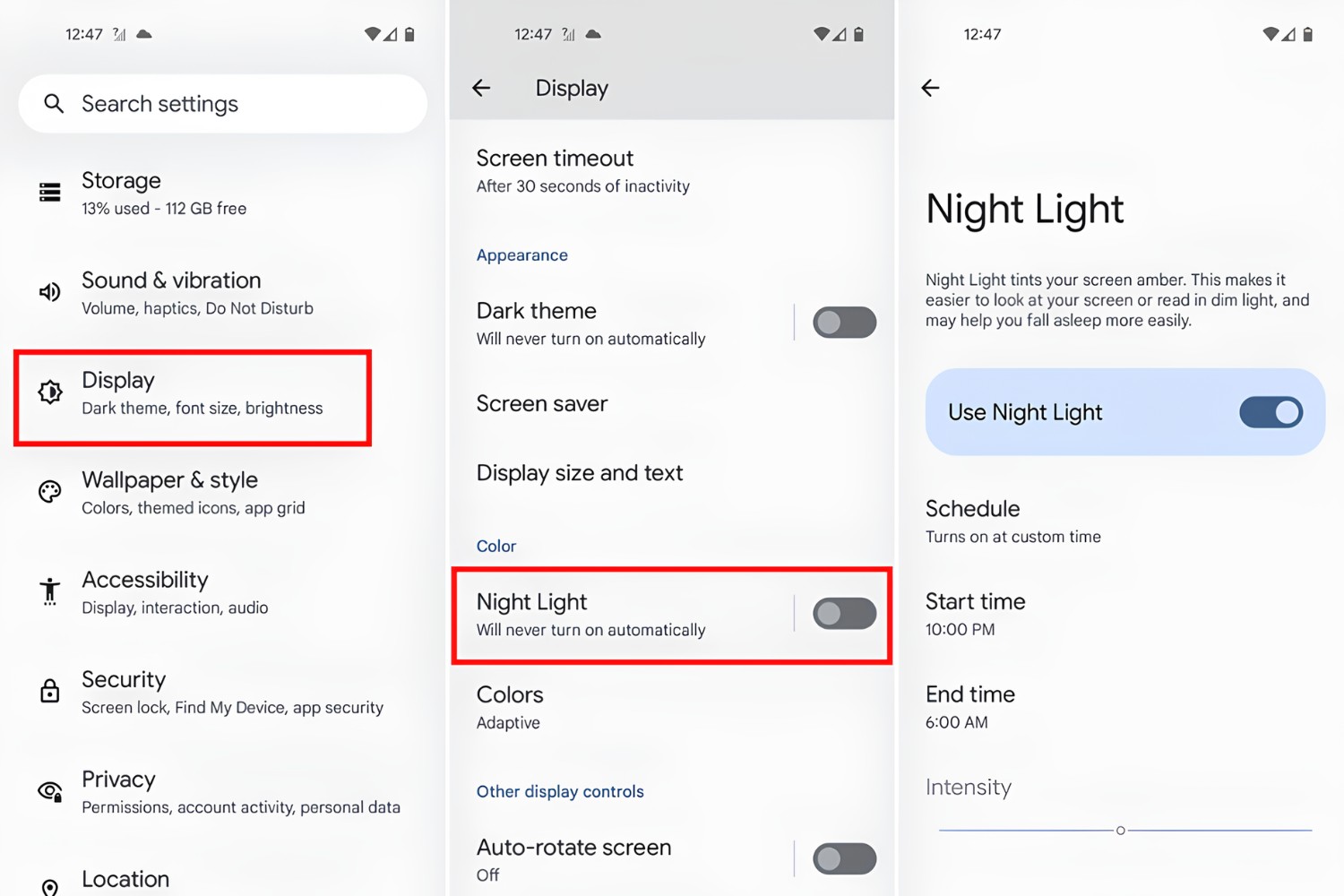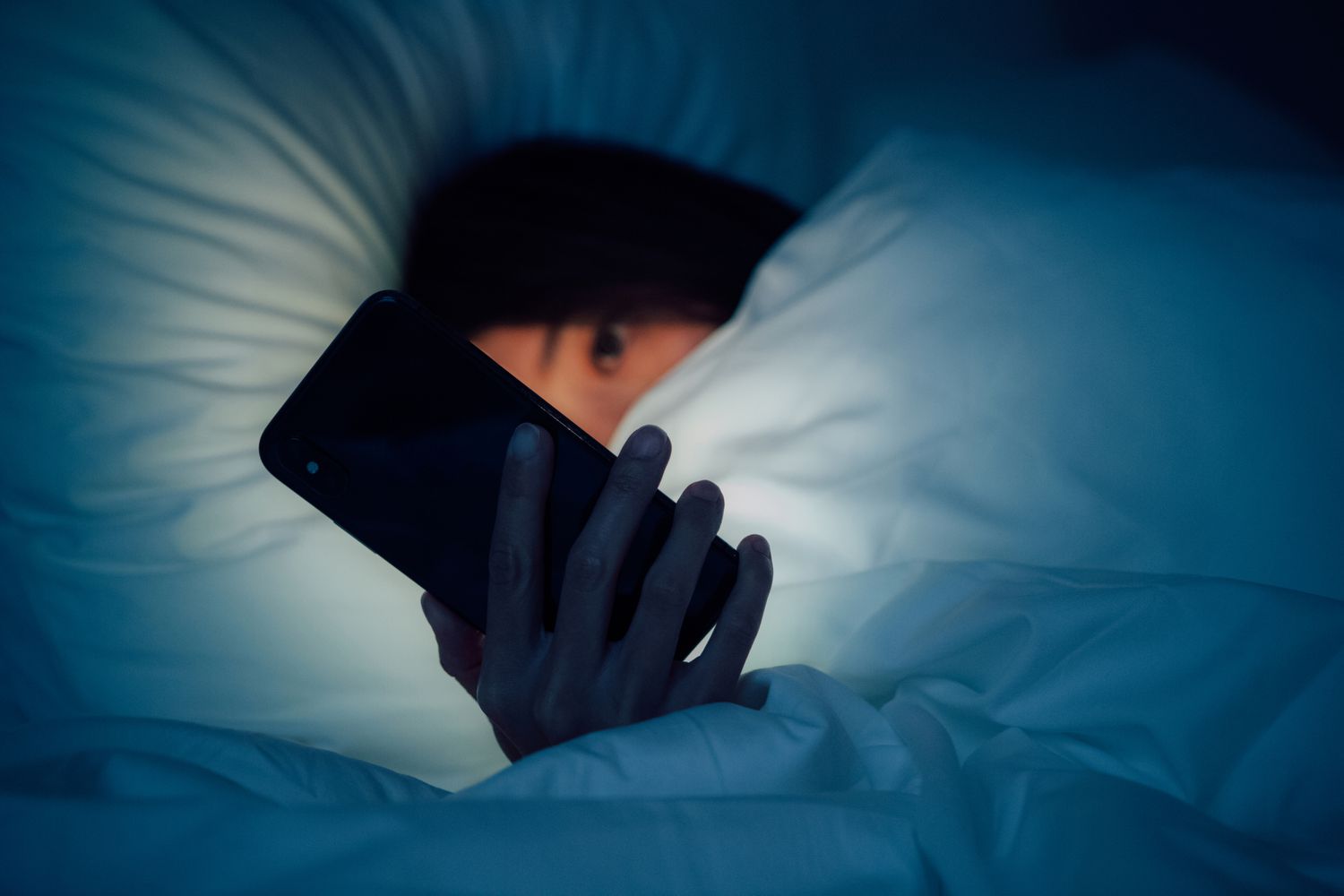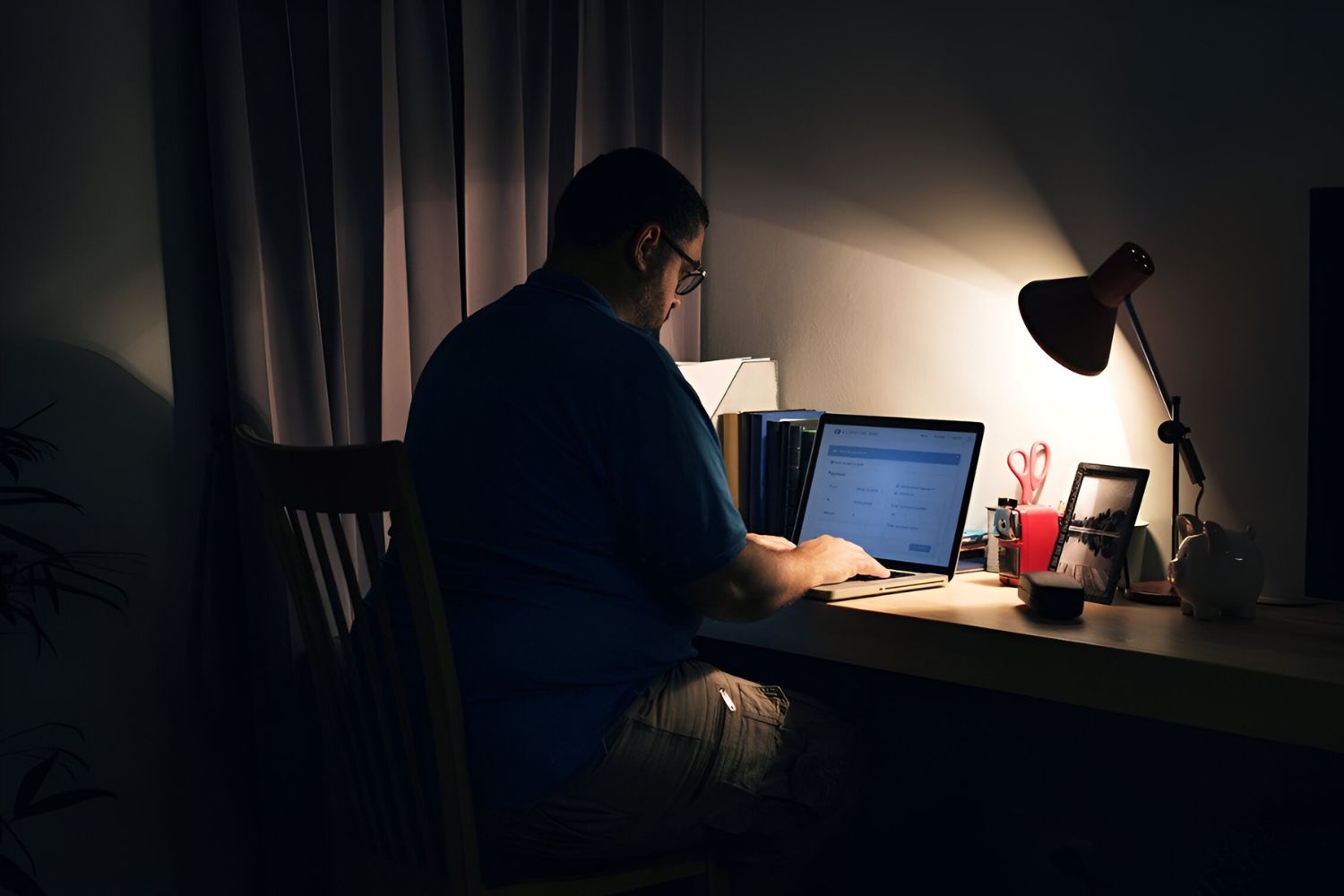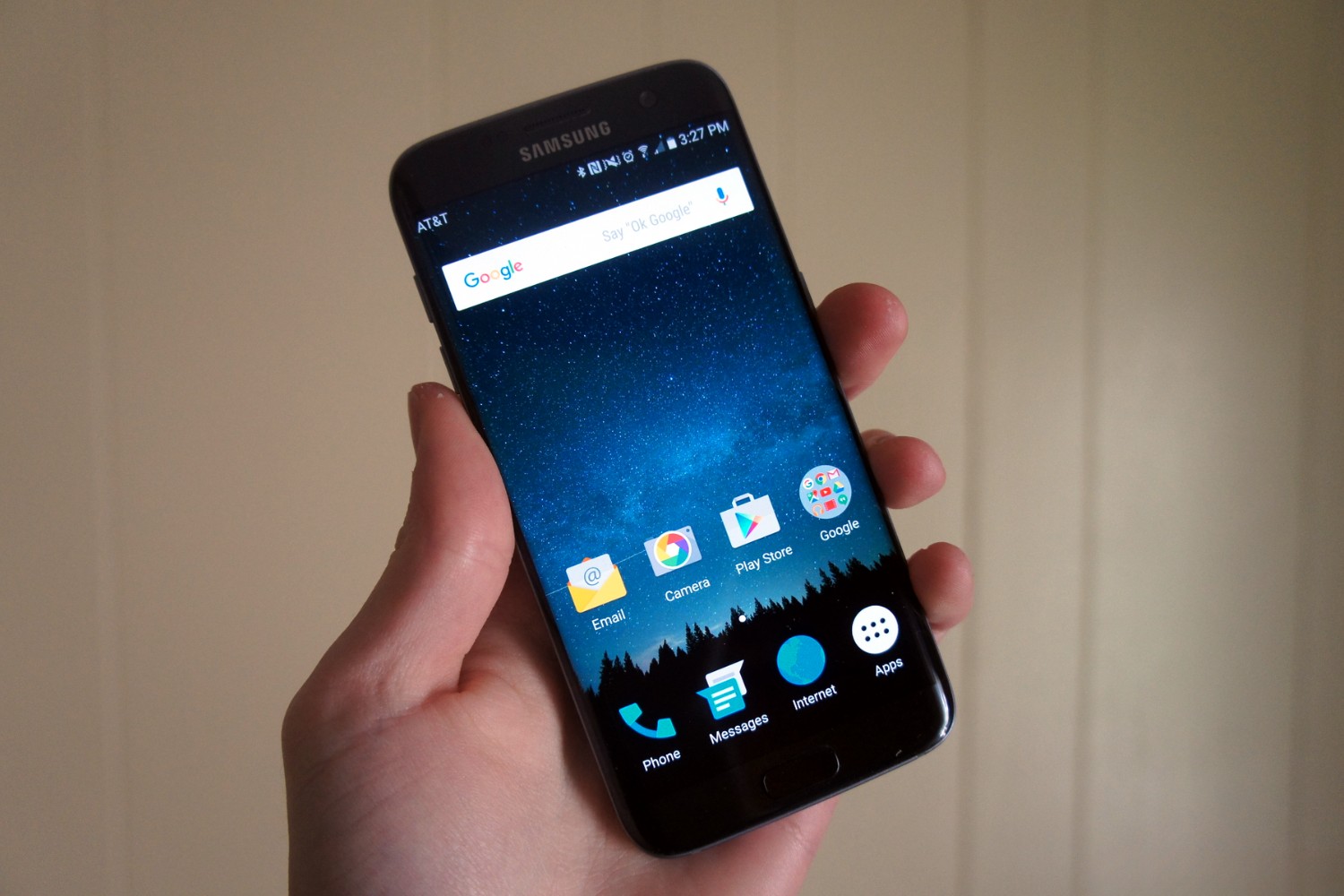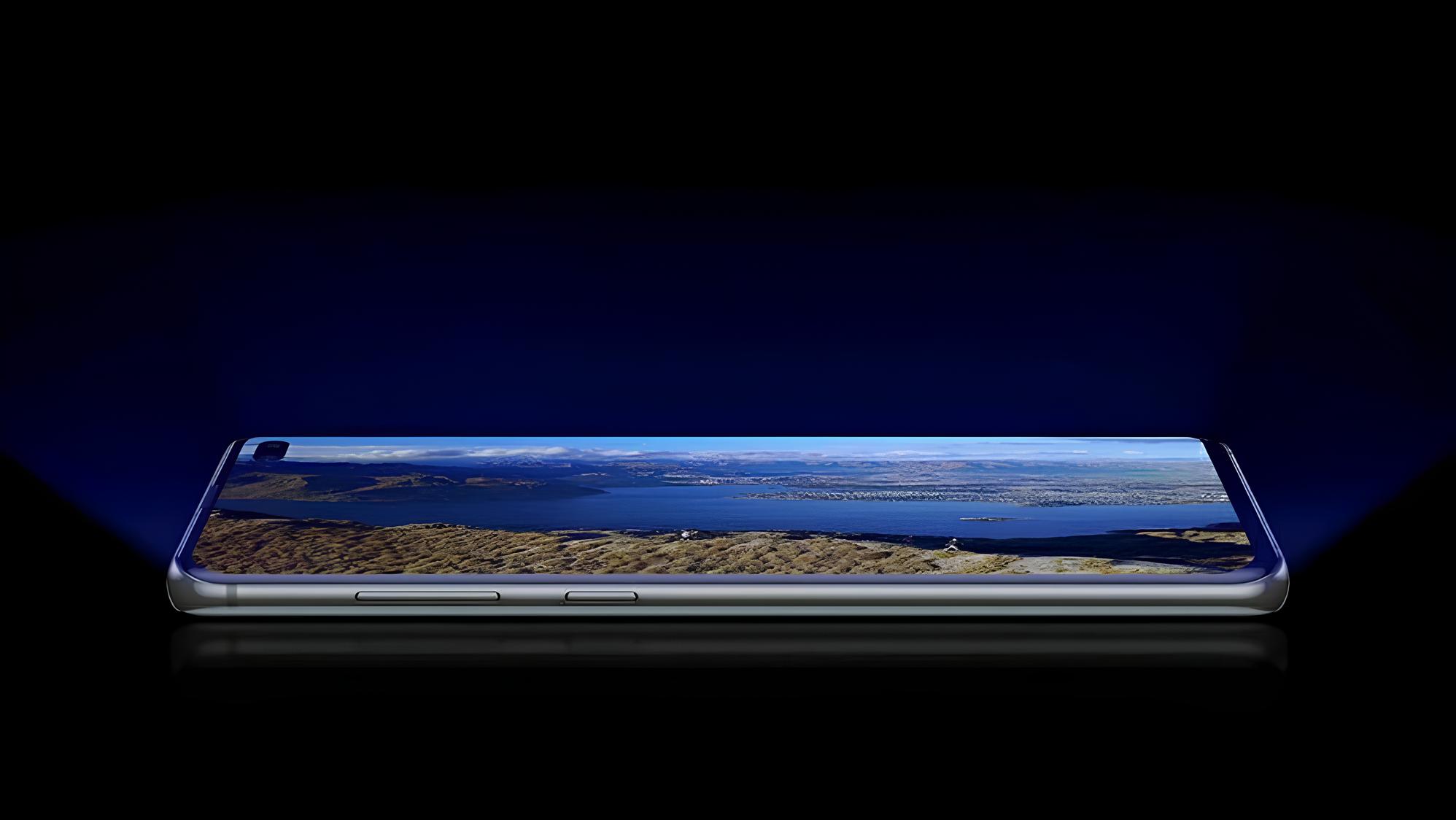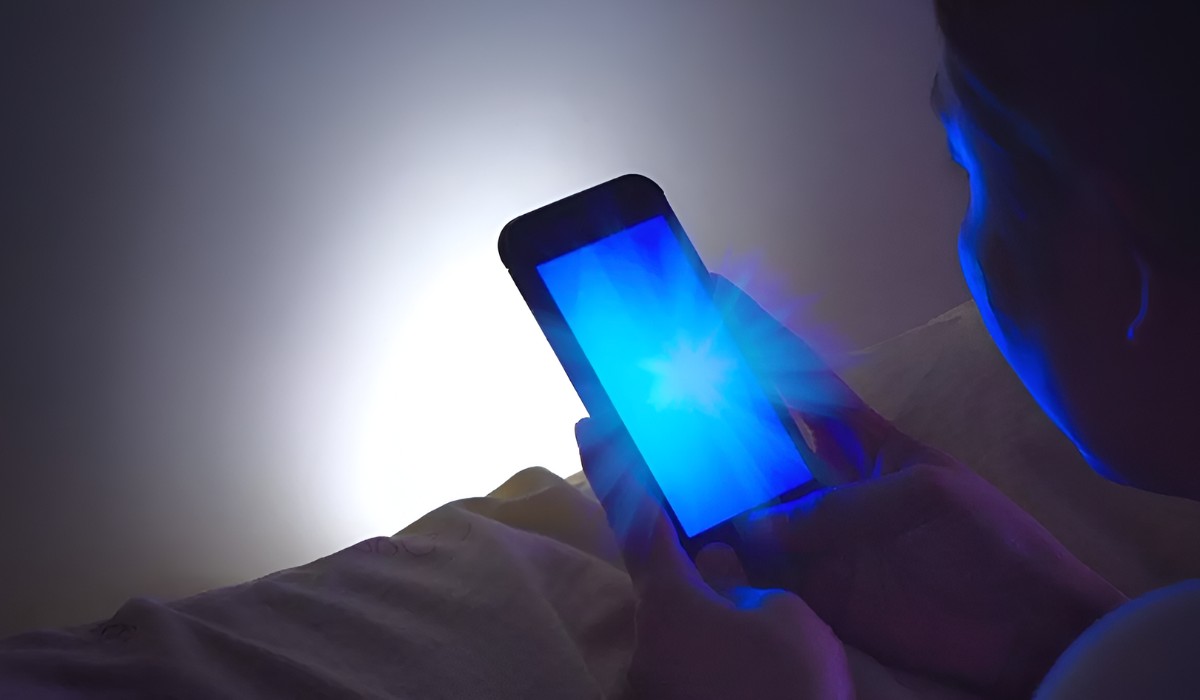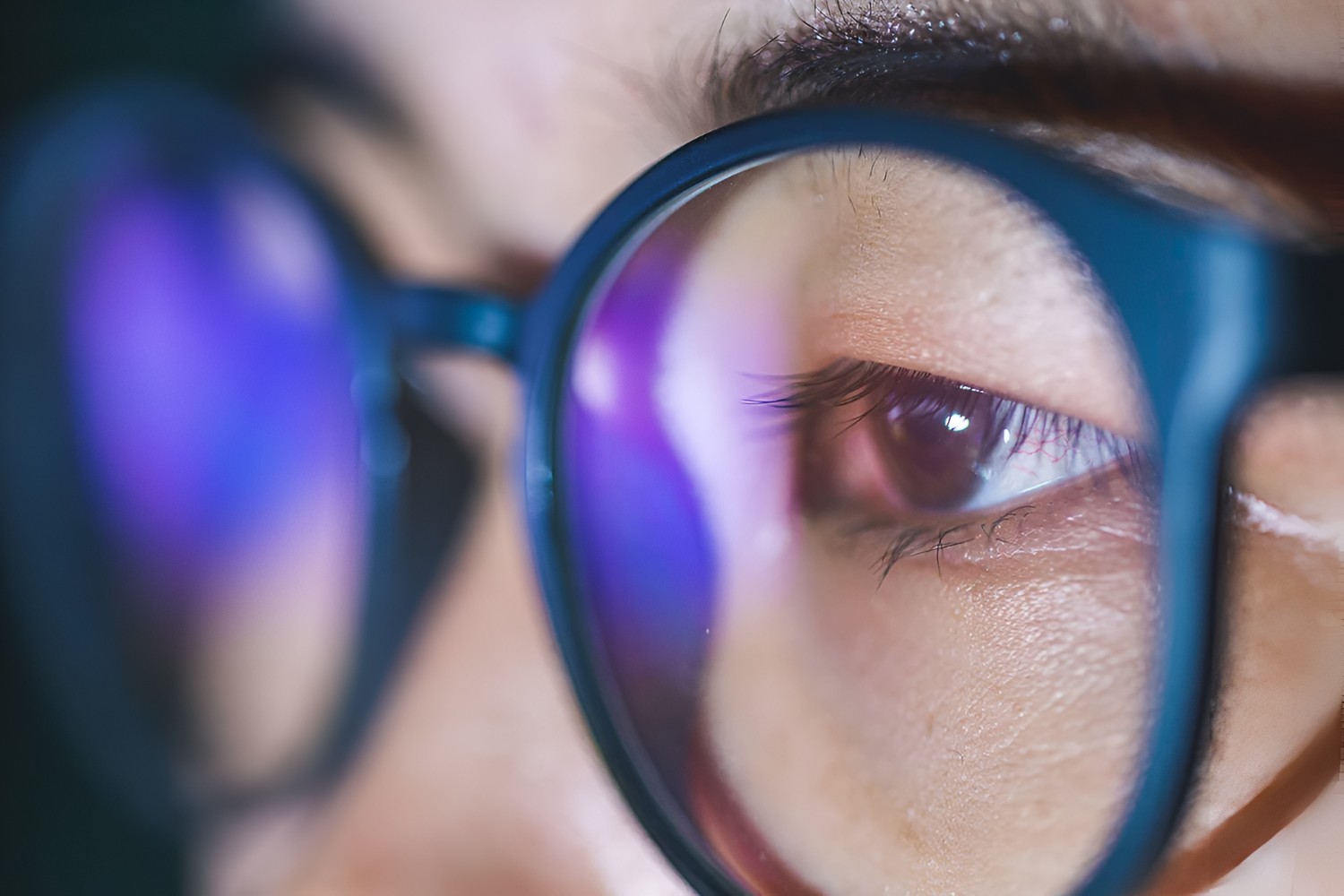Introduction
In today's digital age, our constant interaction with electronic devices has become an integral part of our daily routine. From smartphones to tablets, laptops to desktop computers, we are surrounded by screens emitting blue light. While this light is a natural component of sunlight and plays a crucial role in regulating our sleep-wake cycle, excessive exposure to it, especially during nighttime device usage, can have adverse effects on our health and well-being.
One of the ways to mitigate the potential negative impact of blue light is through the use of a blue light filter, a feature available on many electronic devices. This filter is designed to reduce the amount of blue light emitted by the screen, thereby lessening the strain on our eyes and potentially improving our sleep quality.
However, there are instances when we may want to turn off the blue light filter. This could be due to specific tasks that require accurate color representation, such as photo or video editing, or simply to experience the full spectrum of colors while watching movies or playing games. Understanding how to navigate the device settings to turn off the blue light filter is essential for those moments when we want to make the most of our device's display capabilities.
In this comprehensive guide, we will delve into the step-by-step process of turning off the blue light filter on various electronic devices. Whether you're using a smartphone, tablet, or computer, this guide will equip you with the knowledge to access the necessary settings and disable the blue light filter with ease. By following the instructions outlined in this guide, you will gain a deeper understanding of your device's display settings and have the flexibility to customize your viewing experience according to your preferences.
Now, let's embark on this journey to uncover the inner workings of device settings and master the art of turning off the blue light filter.
What is Blue Light Filter?
A blue light filter, also known as a blue light filter or night mode, is a feature designed to reduce the amount of blue light emitted by electronic device screens. Blue light is a high-energy, short-wavelength light that is part of the visible light spectrum. It is naturally present in sunlight and plays a crucial role in regulating our circadian rhythm, which influences our sleep-wake cycle. However, the widespread use of digital devices has led to increased exposure to artificial sources of blue light, particularly during evening and nighttime usage.
The potential effects of excessive blue light exposure have garnered attention from researchers and health professionals. Studies have suggested that prolonged exposure to blue light, especially during nighttime screen use, can disrupt our natural sleep patterns by suppressing the production of melatonin, a hormone that regulates sleep. This disruption can lead to difficulties falling asleep and result in poor sleep quality, ultimately impacting our overall health and well-being.
The blue light filter works by altering the color temperature of the screen, typically by reducing the blue light and enhancing warmer tones. This adjustment aims to mitigate the potential negative effects of blue light on our eyes and sleep patterns. By activating the blue light filter, users can experience reduced eye strain and potentially improve their ability to fall asleep after nighttime device usage.
Many electronic devices, including smartphones, tablets, and computers, offer built-in blue light filter settings that allow users to customize the intensity of the filter according to their preferences. Some devices also provide scheduling options to automatically activate the blue light filter during specific times, such as in the evening or at night, to align with the body's natural circadian rhythm.
Overall, the blue light filter serves as a valuable tool for managing our exposure to blue light and promoting healthier screen viewing habits. Whether it's for enhancing visual comfort during extended device usage or supporting better sleep quality, the blue light filter has become an essential feature in the realm of digital wellness. Understanding the purpose and functionality of the blue light filter empowers users to make informed decisions about their screen time and prioritize their overall well-being in today's technology-driven world.
Why Turn Off Blue Light Filter?
While the blue light filter offers valuable benefits for reducing eye strain and potentially improving sleep quality during evening and nighttime device usage, there are specific scenarios where turning off the blue light filter becomes advantageous.
Accurate Color Representation:
When engaging in tasks that require precise color representation, such as photo or video editing, it is essential to disable the blue light filter. The filter's color temperature adjustments may alter the color accuracy, potentially impacting the editing process and the final visual output. By turning off the blue light filter, users can ensure that they are working with true color representations, maintaining the integrity of their creative endeavors.
Multimedia Enjoyment:
For activities that involve immersive multimedia experiences, such as watching movies or playing visually captivating games, turning off the blue light filter can enhance the viewing experience. By deactivating the filter, users can experience the full spectrum of colors as intended by content creators, allowing for a more vibrant and visually engaging entertainment experience.
Color-Sensitive Tasks:
In professions that involve color-sensitive tasks, such as graphic design or color-critical work, the blue light filter can interfere with accurate color perception. Turning off the filter is crucial in these scenarios to ensure that colors are perceived and assessed accurately, enabling professionals to make informed decisions based on precise color representations.
Daytime Usage:
During daytime device usage, especially in well-lit environments, the blue light filter may not be necessary. Natural ambient light can mitigate the potential impact of blue light, and the filter's warm color temperature adjustments may not align with the lighting conditions. Turning off the filter during daytime usage allows users to experience the full range of colors without unnecessary alterations to the display.
Task-Specific Requirements:
Certain tasks, such as color-critical design projects or visual inspections, may demand the deactivation of the blue light filter to maintain accuracy and precision. Understanding the specific requirements of each task and adjusting the device settings accordingly is essential for achieving optimal results.
By recognizing these scenarios and understanding the potential implications of the blue light filter on various activities, users can make informed decisions about when to turn off the filter to suit their specific needs and preferences. The flexibility to enable or disable the blue light filter empowers users to tailor their device settings according to the demands of their tasks and the nature of their screen-based activities.
In the following sections, we will explore the step-by-step process of turning off the blue light filter on different electronic devices, providing users with the knowledge and confidence to navigate their device settings effectively.
Step 1: Accessing Device Settings
Accessing the device settings is the initial step in the process of turning off the blue light filter on electronic devices. The method of accessing settings may vary depending on the type of device being used, such as smartphones, tablets, or computers. Here's a detailed breakdown of how to access device settings on different devices:
Smartphones and Tablets:
-
Android Devices:
- On Android smartphones and tablets, accessing the device settings typically involves tapping the "Settings" app icon, which is commonly represented by a gear or cogwheel symbol. This icon is usually located on the home screen or within the app drawer. Once the "Settings" app is opened, users can proceed to the next step to locate the display settings.
-
iOS Devices (iPhone and iPad):
- For iOS devices, including iPhones and iPads, the device settings can be accessed by tapping the "Settings" app icon, which features a gear symbol. This app is usually prominently displayed on the home screen. Upon opening the "Settings" app, users can proceed to the next step to navigate to the display settings.
Computers:
-
Windows PC:
- On Windows-based computers, accessing the device settings involves clicking on the "Start" button, typically located in the bottom-left corner of the screen, and selecting the "Settings" gear icon. Alternatively, users can press the "Windows" key on the keyboard to open the Start menu and access the "Settings" app from there. Once in the "Settings" app, users can proceed to the next step to find the display settings.
-
MacOS Devices:
- For MacOS-based computers, accessing the device settings can be achieved by clicking on the Apple logo in the top-left corner of the screen and selecting "System Preferences" from the dropdown menu. This action opens the System Preferences window, where users can proceed to locate the display settings.
By following these device-specific instructions, users can successfully access the device settings, setting the stage for the subsequent steps involved in turning off the blue light filter. Once the device settings are accessed, the next step is to navigate to the display settings, where the blue light filter option is typically located.
With a clear understanding of how to access device settings on different devices, users can confidently proceed to the next step in the process, bringing them closer to gaining control over their display preferences and optimizing their viewing experience.
Step 2: Finding Display Settings
After successfully accessing the device settings, the next crucial step in the process of turning off the blue light filter is to locate the display settings. The display settings section houses a range of options related to the device's screen and visual preferences, including brightness, color calibration, and the blue light filter feature. Here's a detailed exploration of how to find the display settings on different devices:
Smartphones and Tablets:
Android Devices:
On Android smartphones and tablets, the display settings can typically be found within the "Settings" app, which is accessible after tapping the gear or cogwheel icon. Once inside the "Settings" app, users should look for the "Display" or "Display & Brightness" option. This section often contains various display-related settings, including brightness, screen timeout, and the blue light filter feature.
iOS Devices (iPhone and iPad):
For iOS devices, including iPhones and iPads, locating the display settings involves navigating to the "Settings" app, represented by the gear icon. Within the "Settings" app, users can find the "Display & Brightness" option. Tapping on this section provides access to display settings, encompassing features such as brightness adjustment, night shift (blue light filter), and display zoom.
Computers:
Windows PC:
On Windows-based computers, the display settings can be accessed through the "Settings" app, which can be opened by clicking the "Start" button and selecting the gear icon. Within the "Settings" app, users should look for the "System" or "Display" category, where display-related options, including the blue light filter, are typically located.
MacOS Devices:
For MacOS-based computers, the display settings are housed within the "System Preferences" window, accessible by clicking on the Apple logo in the top-left corner of the screen and selecting "System Preferences." Within the "System Preferences," users can navigate to the "Displays" section, where they can adjust screen brightness, access color calibration settings, and manage the blue light filter (Night Shift) feature.
By successfully locating the display settings specific to their devices, users can progress to the final step of the process, which involves turning off the blue light filter. Understanding the navigation of display settings empowers users to take control of their visual preferences and optimize their screen viewing experience according to their specific needs and preferences.
Step 3: Turning Off Blue Light Filter
Having successfully accessed the device settings and located the display settings, the final step in the process involves turning off the blue light filter. This step varies slightly depending on the type of device being used, but the fundamental concept remains consistent across different platforms.
Smartphones and Tablets:
Android Devices:
On Android smartphones and tablets, users can disable the blue light filter by accessing the "Display" or "Display & Brightness" section within the "Settings" app. Once in the display settings, users should look for the "Blue Light Filter" or "Night Mode" option. Toggling this feature off will deactivate the blue light filter, allowing the screen to display colors without the warm color temperature adjustments associated with the filter.
iOS Devices (iPhone and iPad):
For iOS devices, including iPhones and iPads, the process of turning off the blue light filter involves navigating to the "Display & Brightness" section within the "Settings" app. Within this section, users can find the "Night Shift" feature, which is synonymous with the blue light filter. By disabling Night Shift, users can turn off the blue light filter and return the screen to its standard color temperature settings.
Computers:
Windows PC:
On Windows-based computers, users can turn off the blue light filter by accessing the "Display" settings within the "Settings" app. Within the "Display" settings, users should look for the "Night Light" feature, which is equivalent to the blue light filter. Toggling off the Night Light feature will deactivate the blue light filter and restore the screen's color temperature to its default settings.
MacOS Devices:
For MacOS-based computers, the blue light filter, known as "Night Shift," can be disabled by accessing the "Displays" section within the "System Preferences." Within the "Displays" section, users can find the "Night Shift" tab and adjust the settings to turn off the blue light filter, allowing the screen to display colors without the warm color temperature adjustments.
By following these device-specific instructions, users can effectively turn off the blue light filter, granting them the flexibility to customize their screen's color temperature according to their preferences and specific usage scenarios.
This step-by-step guide equips users with the knowledge to navigate their device settings and take control of their display preferences, empowering them to optimize their viewing experience and adapt their device's visual characteristics to suit their individual needs and activities.
Conclusion
In conclusion, mastering the art of turning off the blue light filter empowers users to take control of their device's display settings and optimize their viewing experience according to their specific needs and preferences. The step-by-step guide provided in this comprehensive overview equips users with the knowledge and confidence to navigate their device settings effectively, ensuring that they can make informed decisions about their screen time and visual comfort.
Understanding the purpose and functionality of the blue light filter, users can recognize the valuable benefits it offers for reducing eye strain and potentially improving sleep quality during evening and nighttime device usage. However, there are specific scenarios where turning off the blue light filter becomes advantageous, such as tasks requiring accurate color representation, immersive multimedia enjoyment, color-sensitive professional work, daytime usage in well-lit environments, and task-specific requirements.
By successfully accessing the device settings and locating the display settings, users can progress to the final step of the process, which involves turning off the blue light filter. Whether it's on smartphones, tablets, or computers, the fundamental concept of disabling the blue light filter remains consistent, allowing users to customize their screen's color temperature according to their preferences and specific usage scenarios.
Ultimately, the flexibility to enable or disable the blue light filter empowers users to tailor their device settings according to the demands of their tasks and the nature of their screen-based activities. This level of control not only enhances visual comfort during extended device usage but also supports healthier screen viewing habits and promotes overall well-being in today's technology-driven world.
By recognizing these scenarios and understanding the potential implications of the blue light filter on various activities, users can make informed decisions about when to turn off the filter to suit their specific needs and preferences. The knowledge gained from this guide enables users to adapt their device's visual characteristics to align with their individual requirements, ensuring an optimal viewing experience across different tasks and usage scenarios.
In essence, the ability to navigate device settings and master the process of turning off the blue light filter represents a significant step toward promoting digital wellness and achieving a harmonious balance between screen time and visual well-being. As users continue to engage with electronic devices in various capacities, the knowledge and skills acquired from this guide serve as valuable tools for enhancing their overall screen viewing experience and prioritizing their well-being in today's digital landscape.







